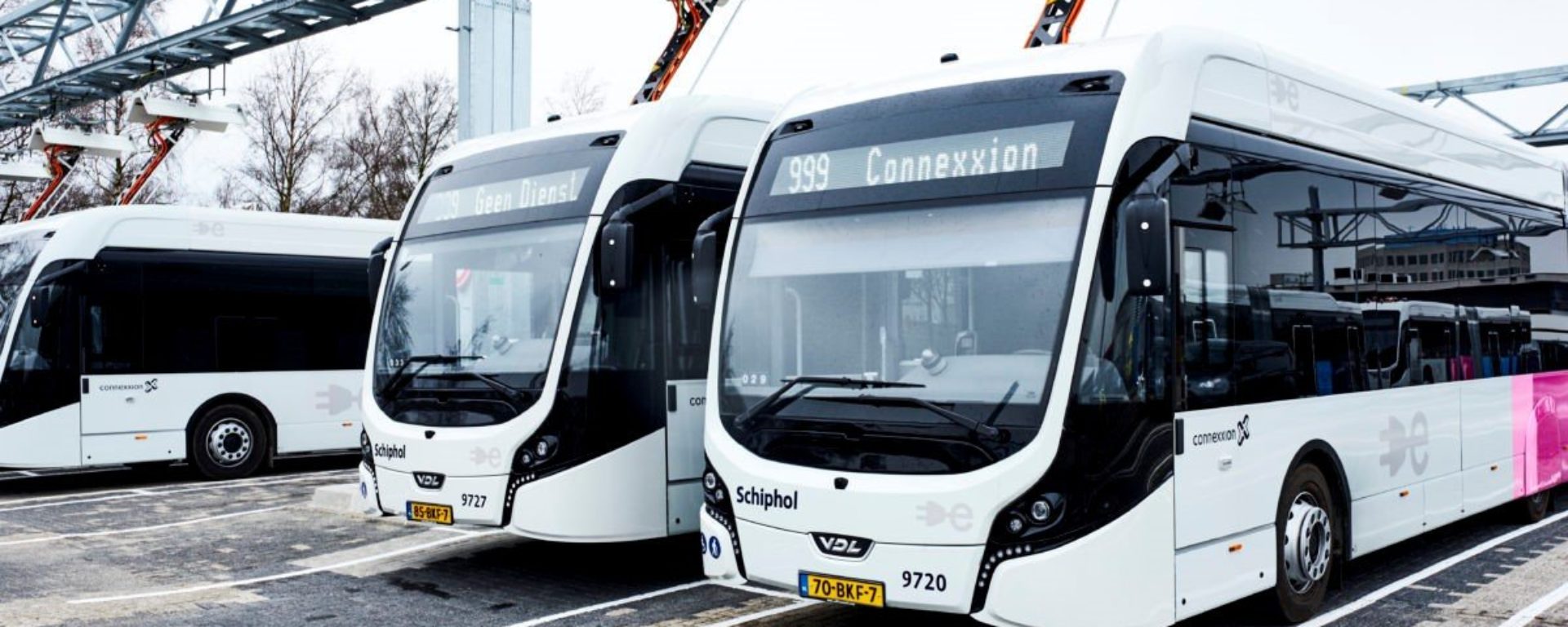Environmentally, the transportation sector accounts for 30% of GHG emissions in Europe. Mobility also means freedom of movement, which is one foundation of the European project but also a major lever to meet the challenges of equity and social inclusion. On the other hand, worker mobility is at the heart of our continent’s economic dynamism and must be a clear concern of the European Union. The social and economic cost of urban congestion in Europe is estimated at 270 billion euros per year1.
The COVID-19 crisis already suggests new dynamics and transformations that will impact mobility: a crisis of confidence in public transportation, increased use of private cars, possible sustainable escape from urban centers, an increase in distances travelled and therefore in emissions. All these elements only reinforce the interest of an ambitious European strategy resolutely focused on daily mobility.
Assessment of the White Paper and mobility of Europeans
The transportation sector is the only one that has not reduced its emissions since 1990 with an 18% increase since 1990. Out of the total emissions from transportation, 23% concern urban areas2. Most of these emissions come from private car use. Yet it is not in the city centers that car use is the highest but, in the peripheries, and in their links and connections with the city centers. It is therefore in these areas that the main challenges related to the decarbonization of mobility in Europe are polarized. It is by acting on this daily mobility of the citizens of urban areas that the EU will succeed in reversing the curve of CO2 emissions for transportation.
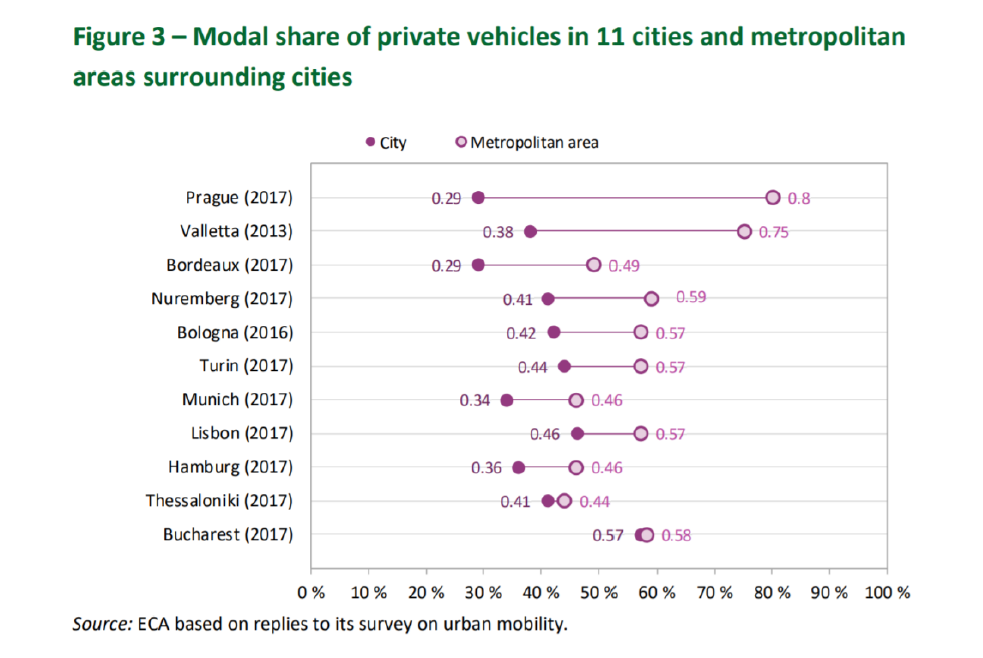
Most of these journeys, mainly work-related, are made by private car, as the further away you get from the center of conurbations, more public transport services become less available. While urban centers are concentrating jobs and alternatives to the private car (mass transit solutions), they are also seeing housing prices rise, forcing people to live further away from their place of work. The distances between home and work can only increase.
The trend caused by the COVID-19 health crisis of flight from urban centers will aggravate this tendency. The weakness of the alternatives to the private car generates large flows of vehicles on the periphery-center links and saturates the road networks, causing congestion and pollution. Tomorrow, much more public transportation will be needed to link the peripheries to employment centers in order to curb GHG emissions, ensure air quality and finally preserve public spaces in city centers, which are part of our common goods.
The deployment of public transportation in urban areas is also the right answer to social issues. Workers’ mobility is indeed one of the main factors in absorbing economic and territorial disparities, and public transport is cheaper than using a private car. Strategy for sustainable and smart mobility will therefore only be effective if it places daily mobility at the heart of European policy. If the setting-up of the Single European Transport Space must remain one objective of the EU, long-distance and cross-border mobility in Europe concerns only a very small minority of citizens and CO2 emissions. Despite clearly identified strategic objectives, the 2011 White Paper focused mainly on interurban travel or cross-border mobility, sometimes forgetting daily mobility.
In France, 98% of journeys are less than 80 km long. Another Europe-wide study reveals that the most frequent average journey of European citizens is 17 km. 80% of this daily mobility is done by private car3. If Europe wants to get closer to its citizens, it must focus its attention and resources on the daily needs of the greatest number of people.
The period ahead requires a vigorous reorientation of the European Union’s action, at a time when climate issues and impacts are becoming more pressing every day. This reorientation is made even more pressing by the COVID-19 crisis. The health crisis is undermining the essential tool for addressing the challenges of daily mobility mentioned above: public transportation. Beyond the heavy financial losses for the sector (UITP estimates them at 40 billion Euros for the year 20204), the crisis is reexamining the trends linked to the mobility of Europeans: crisis of confidence in public transportation, modal shift towards the private car, escape from urban centers, etc. Today, public transport is working to regain the confidence of its users and offer alternatives to the private car, which are more essential than ever from an environmental, health and economic point of view. These trends must be clearly addressed by the European Strategy if it is to reverse the emissions curve in the transportation sector.
Reorienting the European Union’s policy towards the daily mobility of Europeans
The revision of the European strategy should be an opportunity for the EU to address the environmental challenges of mobility, considering the impacts of the COVID-19 crisis.
Modal shift: an essential tool for reducing emissions
Achieving the objective of a 55% reduction in emissions by 2030 implies reducing either the distances travelled or unit emissions or increasing the modal shift so that more people can be transported by vehicle. (Emissions = Km travelled X Unit emissions X Occupancy rate).
This will not be possible with the sole switch to electric vehicles, whose deployment will be too slow: a car bought today will still be around in 2035. If we manage to reduce unit emissions by 20% by 2030, which seems very optimistic given the market share of the electric vehicle, modal shift and distance reduction will have to be responsible for around 55% of the emissions reduction: this step is very important if we want to be ready in time for 2030. Urban planning policy to reduce distances for local travel coupled with a modal shift from the car to public transport for home-to-work journeys will be the key to achieving the EU’s GHG reduction objectives.
This modal shift must focus on the links between cities and their peripheries and between cities, acting on three pillars:
- Transportation offer (high frequency express bus services, rail services in urban nodes and periurban areas)
- Multimodal infrastructures: upgrading of the railway, dedicated lanes on road arteries for public transport and car sharing, with park-and-ride facilities, multimodal hubs. Cycling policy must be designed with these public transport solutions in mind, since although the bicycle is an ideal tool for daily mobility, it cannot handle excessively long distances.
- Multimodal digital solutions providing fluid access to all mobility services via a single medium.
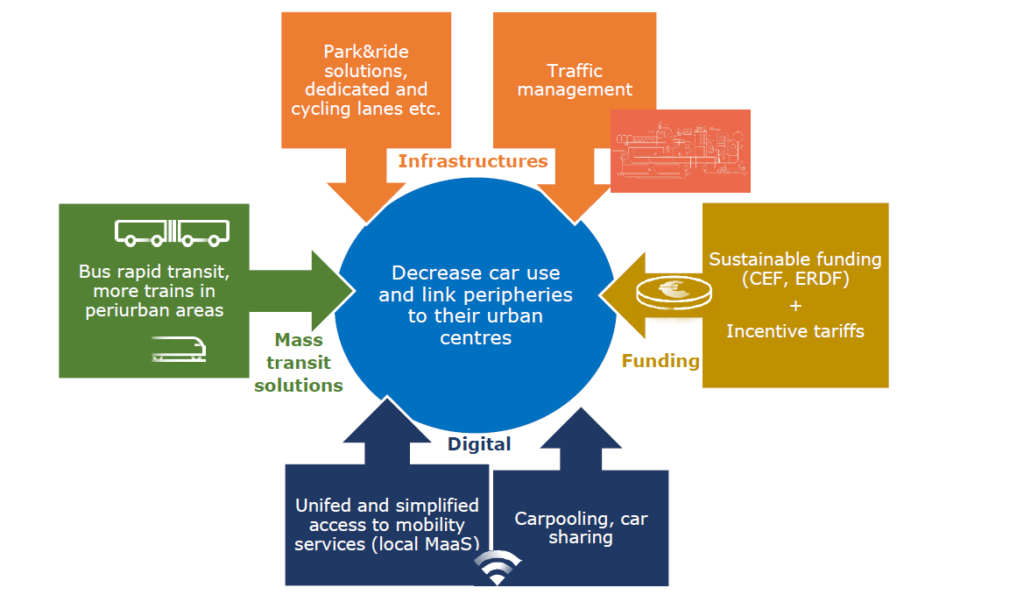
To act on the decarbonization of local mobility, the European Union has levers for action:
1. A drastic increase in European funding for daily mobility and urban nodes.
The main source of EU funding for urban mobility (clean urban transport, ITS, cycle paths, multimodal transport) is made up of two of the five European Structural and Investment Funds: the European Regional Development Fund (ERDF) and the Cohesion Fund (CF). The envelope devoted to urban mobility within these funds has been increased to 16.3 billion euros for the period 2014-2020, which represents 6% of the two combined budgets. It is necessary to perpetuate and increase this envelope.
Addressing the European Union’s transport decarbonation objectives will not be achieved without integrating urban nodes much more strongly than today in the CEF. According to the report of the European Court of Auditors, over the 2014-2020 programming period, the amount of funding for urban nodes within the CEF was €214 million, i.e. 1% of the total5. In order to address daily mobility in a coherent manner, in connection with European structuring networks, peri-urban public transportation and urban ITS should represent at least 20% of the CEF grants.
There is an important issue at stake in the stronger reorientation of the CEF towards daily mobility, i.e. towards urban areas, where the population’s travel needs, and climate issues are located. The European Union should see the opportunity to increase its legitimacy among European citizens, with a Europe closer to the daily concerns of people and working for better social inclusion, which is much stronger than with cross-border or long-distance links, which only concern a very small proportion of European citizens’ journeys.
2. The development of a real energy transition strategy for public transport fleets in Europe.
- European and national financial support mechanisms (revision of state aid rules in order to increase aid to operators and local authorities for fleet renewal)
- The revision of the DAFI6 must include much more strongly the development of alternative fuel refueling infrastructures for public transportation fleets.
- Maintain stability in the list of authorized alternative fuels in order to keep coherence with the recently revised Clean Vehicle Directive and preserve its technological neutrality. Every technological solution is not adaptable to all territories. Local authorities shall be able to choose the energy mix most suited to their territory and the types of services developed.
3. The implementation of measures aimed at a genuine and coherent internalization of the environmental costs of transportation modes.
The Commission can act to support a level playing field between modes of transport, considering their externalities. This could be done, for example, through the “user pays” and “polluter pays” principles: promotion of congestion charges with revenues earmarked towards financing mobility offers, taxation of transport modes that emit CO2 or reduced energy taxation for public transport services. The major objective, which is modal shift, will never be achieved without the introduction of constraints and additional costs on the use of private car (the modal share of the car has not decreased for 20 years in Europe).
4. Anchor the role of rail in reducing the environmental footprint of transportation
According to figures from ERRAC, regional and suburban rail transport accounts for 90% of the total number of passengers in the rail mode and carries 10 times more passengers than aviation. If these figures confirm once again the European trend towards local mobility, they demonstrate above all the role that rail must play in the future European Strategy. Fair and transparent competition between players, investments in networks for the maintenance and development of suburban and rural lines: the European Union can lay down the framework allowing a greater modal shift towards rail.
5. Guide and support innovation in the service of public and shared transportation
The implementation of an innovation policy in mobility must above all target public and shared mobility. Support should focus on the development of shared autonomous mobility solutions and multimodal digital solutions with public transport as a backbone. Programs such as Horizon Europe or Invest EU should be able to target more projects related to daily and shared mobility. Innovation must be a lever to increase the modal shift.
6. Guarantee digital sovereignty for local authorities in charge of organizing mobility on their territory
The origin of any strategic and political action must be based on a rigorous diagnosis allowing to start from needs and uses. The European Union, Member States and Cities lack reliable and harmonized indicators on mobility, particularly in urban areas. These indicators will allow the European Commission, and local authorities in the first place, to develop the most appropriate public policies. Access to data from connected vehicles and driving assistants (Google, TomTom, Waze, etc.) should be by right for public local authorities in order to better understand individual mobility. France has already adopted this access in its Mobility Law in December 2019. These data can therefore be qualified as data of general interest.
The European Union must also recognize the role of local authorities in the development and governance of MaaS solutions. By setting the rules of the game (articulation of modes, use of public space, governance of data, etc.), the local authority guarantees that the MaaS is built in the service of the general interest with public transport as a backbone. The governance of MaaS solutions must effectively contribute to the modal shift and guarantee the capacity of the transport authority to organize mobility in its territory in a sustainable and inclusive manner. The revision of the ITS Directive can be an opportunity to guarantee the digital sovereignty of local authorities in order to accelerate modal shift and the development of digital solutions that respect local ecological transition policies.
7. The revision of the urban mobility package by encouraging innovative approaches to mobility planning
Urban planning and mobility planning should be linked. It is only by coordinating urban and peri-urban areas that the challenges of daily mobility can be addressed. The example of Copenhagen is interesting in this respect, since the city only authorizes the establishment of offices and workspaces near major public transport stations and has long been prohibiting from urbanizing more than 1km from the stations.
1 and 2 European Court of Auditors – Special report 06/2020: Sustainable Urban Mobility in the EU: No substantial improvement is possible without Member States’ commitment
3 Fiorello, Davide, et al. “Mobility data across the EU 28 member states: results from an extensive CAWI survey.” Transportation research procedia 14 (2016): 1104-1113.
5 European Court of Auditors – Special report 06/2020: Sustainable Urban Mobility in the EU: No substantial improvement is possible without Member States’ commitment
6 DAFI : Directive on Alternative Fuels Infrastructure
Contact our expert
Contact mail
Contributions examples to European Green Deal objectives
Take part to the maintain and redynamisation of small railway lines
In Stuttgart Region in Germany, 4 small lines operated by Transdev as both infrastructure manager and transport operator. Small lines either shut down by national incumbent because of passenger traffic or threatened.These lines are essential to provide a link between peri-urban and rural areas, and Stuttgart Centre: all these lines are linked to the S-Bahn Network.
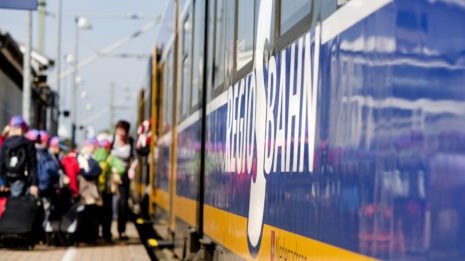
Bus Rapid Transit: flexible mass transit solutions
With dedicated lanes, simplified routes, and distinctive high capacity vehicles, BRT has responded to increasing demands for faster, more reliable transit services. BRT systems combine the on-time performance and high-capacity of light rail and metro systems with the flexibility of bus operations to create an efficient backbone for fully integrated transit networks reducing wait times and enabling seamless multimodality.
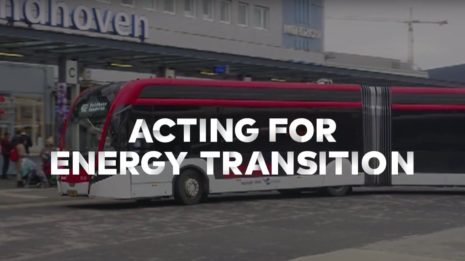
Saint Etienne Metropole and Moovizy, a MaaS managed by the Public Transportation Authority
Saint Etienne Metropole (France) has just launched the first full MaaS solutions alongside Transdev at the scale of a French Metropole: citizens can plan, book, pay and manage their mobility account on 9 transportation modes including all public transit, taxi, bike and carsharing.


